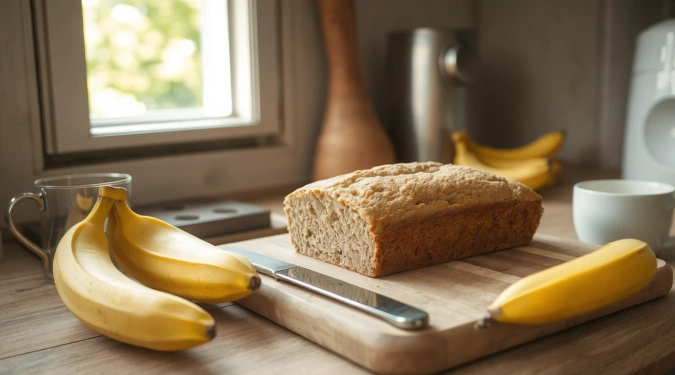Homemade Fermented Vegetables Guide

Fermented vegetables have surged in popularity for their unique flavors and impressive health benefits. Making your own fermented veggies at home is a rewarding and accessible way to incorporate probiotics, improve digestion, and add vibrant taste to your meals. This guide will walk you through the basics of fermentation, the best vegetables to use, and simple steps to get started.
What Is Fermentation and Why Is It Beneficial?
Fermentation is a natural process where microorganisms like bacteria convert sugars in vegetables into acids, preserving the food and creating probiotics—beneficial bacteria that support gut health. Unlike pickling in vinegar, fermentation uses salt and time to develop tangy, complex flavors while enhancing nutrient absorption.
Probiotic-rich fermented vegetables can boost your immune system, aid digestion, and contribute to overall wellness. Plus, they’re delicious and versatile additions to salads, sandwiches, and bowls.
Best Vegetables for Fermentation
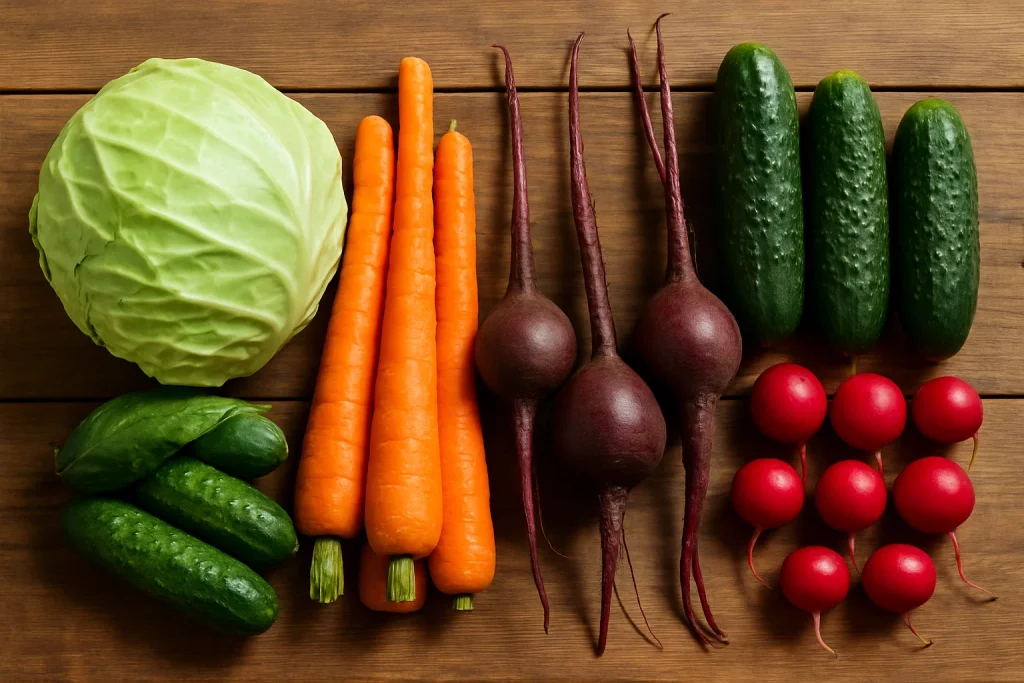
While many vegetables can be fermented, some are especially suited for beginners and offer vibrant flavors:
- Cabbage: The classic choice for sauerkraut with a crisp, tangy finish.
- Carrots: Sweet and crunchy, perfect sliced or shredded.
- Beets: Earthy and colorful, they add depth and natural sweetness.
- Cucumbers: For traditional dill pickles or spicy variations.
- Radishes: Peppery and crisp, they ferment quickly for a zesty snack.
Combining vegetables can also enhance flavors and textures. For example, mixing cabbage, carrots, and beets creates a colorful and nutrient-packed mix.
Simple Steps to Ferment Vegetables at Home
Choose Fresh, Organic Vegetables:
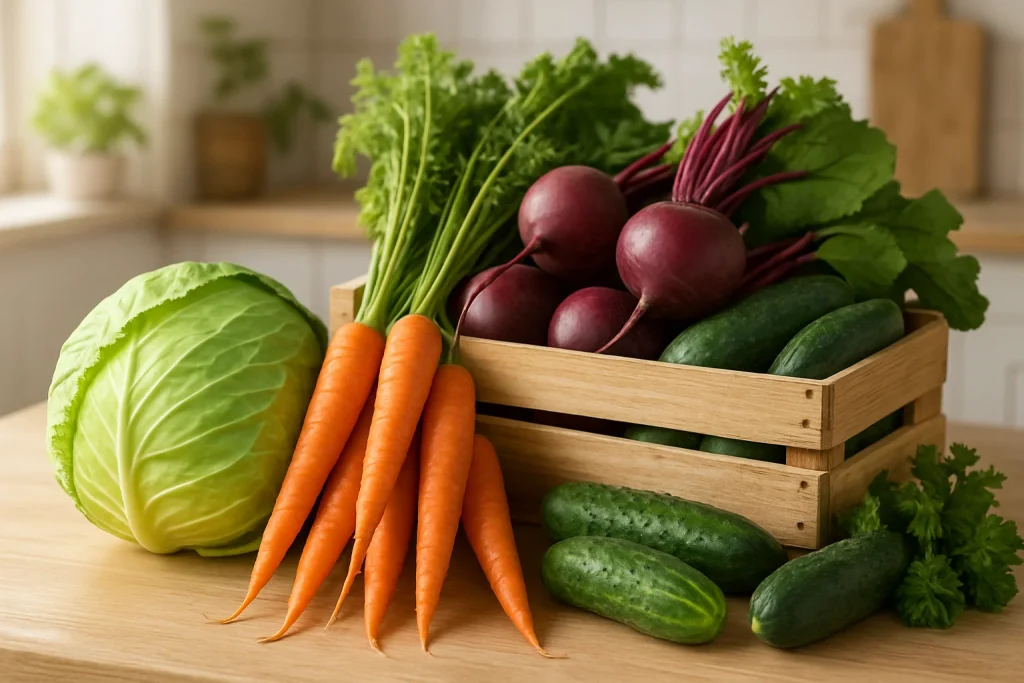
Select crisp, fresh vegetables free of bruises or damage for the best results.
Prepare the Vegetables:
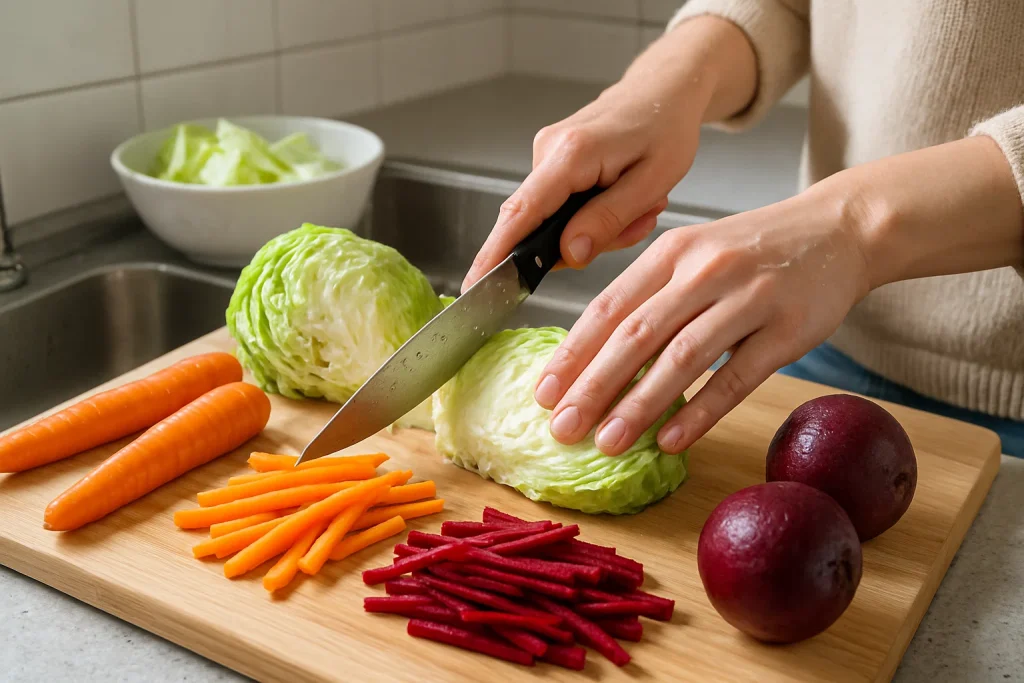
Wash thoroughly, then slice, shred, or chop as desired.
Add Salt:
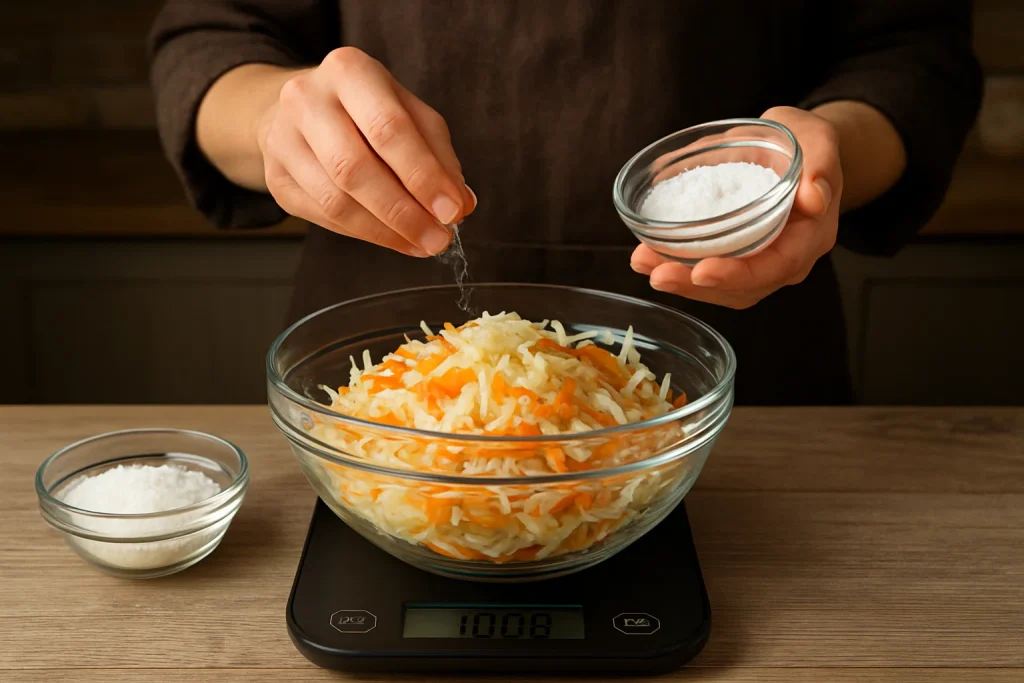
Use non-iodized salt (like sea salt or kosher salt) to create a brine that encourages beneficial bacteria. A typical ratio is about 2% salt by weight of the vegetables.
Pack and Weigh Down:
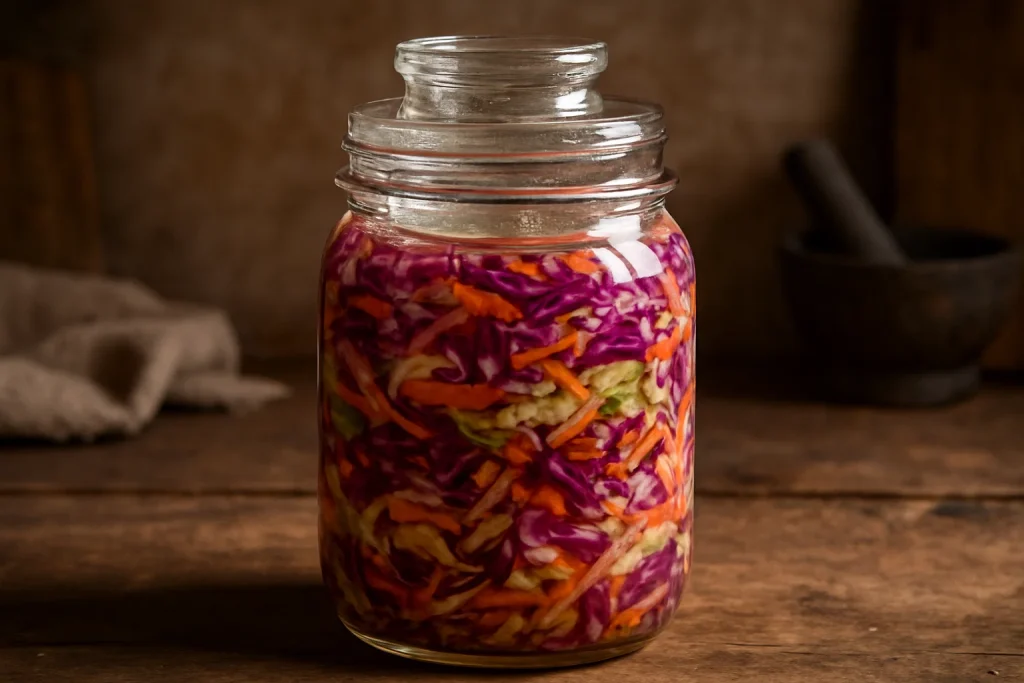
Place vegetables tightly in a clean jar or crock. Press them down firmly to release juices and eliminate air pockets. Use a fermentation weight or a clean small jar to keep vegetables submerged under the brine.
Ferment at Room Temperature:
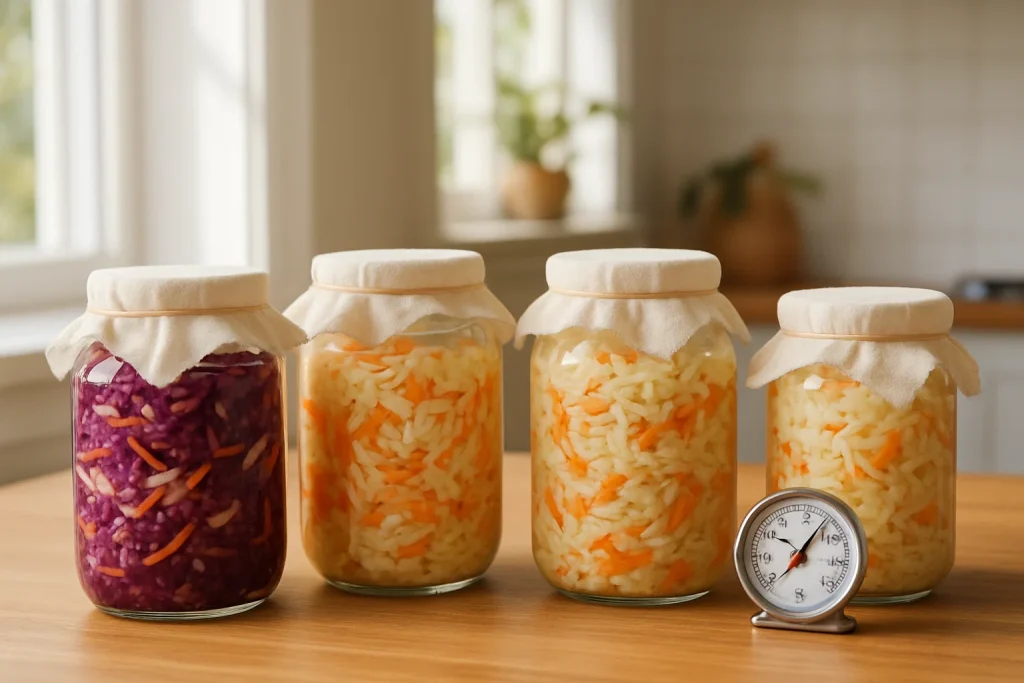
Cover the jar loosely to allow gases to escape, and store it at room temperature (65–75°F or 18–24°C). Fermentation time varies from 3 days to several weeks depending on taste preference and ambient temperature.
Taste and Store:

Taste your vegetables after a few days. Once they reach your desired tanginess, seal and refrigerate to slow fermentation and enjoy for months.
Tips for Successful Fermentation
- Keep everything clean to avoid unwanted bacteria.
- Use glass jars or ceramic crocks to prevent reactions.
- Avoid metal lids directly touching the fermenting vegetables.
- Monitor regularly for mold or off smells; discard if unusual signs appear.
Conclusion
Making fermented vegetables at home is a simple, enjoyable way to boost your health and enhance your meals. With just fresh veggies, salt, and a bit of patience, you can create delicious probiotic-rich foods that support digestion and add exciting flavors to your diet. Start small, experiment with different vegetables, and discover the satisfying art of fermentation in your own kitchen.





